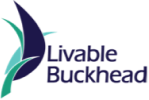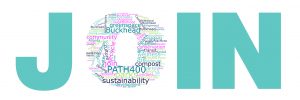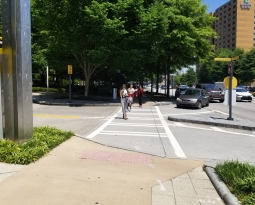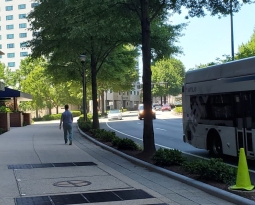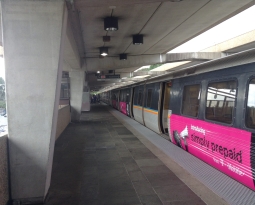How to Make Transportation Incentives Work Better On Limited Budgets

Transportation incentives are programs local transportation and public transit authorities create to encourage people to choose alternatives to solo driving.
They aim to achieve their objectives by giving commuters specific rewards for using smarter modes of transportation. Common examples include things like:
- Free public transportation on certain days
- Access to high-occupancy vehicle (HOV) lanes on highways
- Rewards programs
- Loyalty programs
- Access to preferred parking
- Free electric vehicle charging
While transportation incentives generally have a beneficial impact, default strategies have some noteworthy limitations. First, they tend to reward people who are already using smart alternatives to solo driving instead of encouraging single-occupancy vehicle operators to change to another mode. They also stagnate by failing to engage participants over the long term while offering financial rewards that do not provide enough motivation. Typically, this results from budgetary limitations.
So, how can you make transportation incentives more appealing without driving up their costs? We have identified four effective strategies:
- Targeted campaigns: Conducting surveys and using the collected data is a cost-effective way to determine who is already participating in the preferred behavior and what groups can be targeted for a behavior shift. Don’t go after those who are already using smart alternatives. Instead, save your resources for those who aren’t.
- Randomness: Build participants’ anticipation for rewards through randomness: use techniques like raffles and draws for major prizes to get people excited about taking part. Randomness also helps fight program stagnation by introducing an element of excitement and uncertainty.
- Normalization and framing: Create sustained marketing and public awareness campaigns that frame smart alternatives to solo driving as normal, popular, and increasing in popularity.
- Self-image: People are motivated not only by financial rewards, but also by their identity. For example, cycling enthusiasts can often be convinced to start biking to work fairly easily. Knowing the identity characteristics of your target audience can give program effectiveness a big boost.
Livable Buckhead provides programs and services that reduce the number of cars on the road, saving valuable time and money and making our air easier to breathe. While all of our services are free, we invite your organization to become a member of Livable Buckhead to help support our mission of a sustainable Buckhead community,
